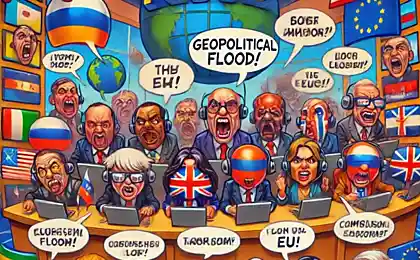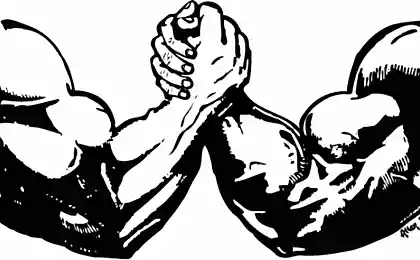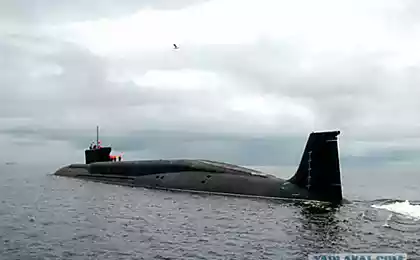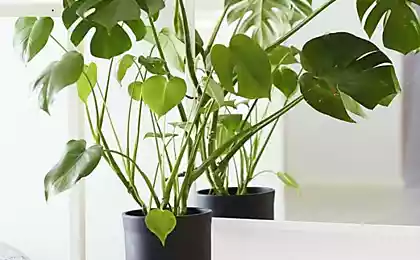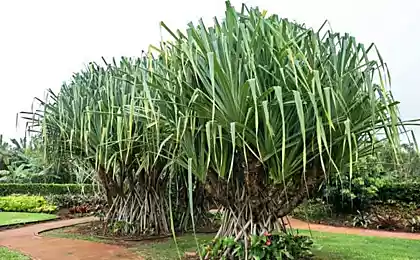1327
7 most dangerous plants Russia
Belladonna (lat. Atrópa belladónna)
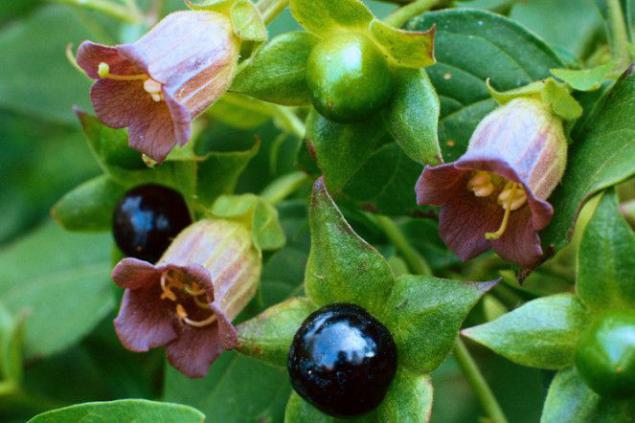
Can a plant with such a poetic name to be dangerous to humans? And how! "Beautiful lady" - as translated from Italian belladonna - very insidious. Its fruits - shiny black, sometimes yellow berry with many seeds will satiate the sweet taste of dark purple nectar, but it should not be tasted.
The juice of this plant is traditionally Italian women buried in the eye pupils due to the content of atropine in belladonna expanded by acquiring an unnatural, but an attractive sheen. And the berries are used as a dye to create a blush on her cheeks.
In Russia, belladonna is also called "belladonna" but sometimes "beshenitsey": the same atropine when used inside the plant can cause severe agitation, until rabies. But this is not the most important symptom. 20 minutes after tasting leaves or fruit of belladonna in the mouth comes dryness and burning, difficult swallowing and breathing, heartbeat quickens, there is further vomiting, upset stool and urination.
A person can also be poisoned honey, which includes pollen "belladonna", moreover, toxic effects occur even touch this plant. Suffers from belladonna devouring her livestock, but rabbits regale her with absolutely no ill effects.
Conium maculatum (lat. Conium maculatum)
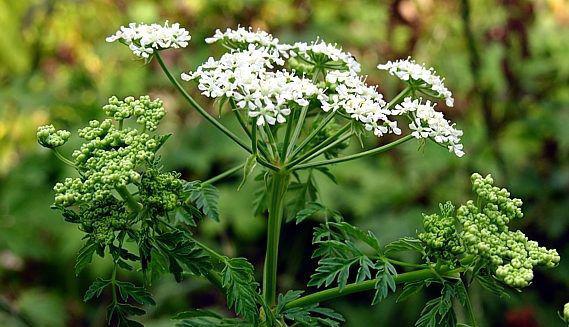
From him not just a headache - in the justice system of ancient Greece hemlock poison used as an official, and only from the time of Hippocrates, he became a drug.
All parts of the plant are poisonous equally, and therefore it is recommended to collect with particular caution. Washing hands with soap and water - the best prevention against its toxic properties. The finished material should always be stored separately from other medicinal herbs.
In Russia, this weed is growing everywhere - from the forest edges up to the gardens. Of its hollow stem children sometimes make whistles, which is extremely dangerous. However, bad "mouse" smell hemlock often discourages them from this activity.
Milestones poisonous (lat. Cicuta virosa)
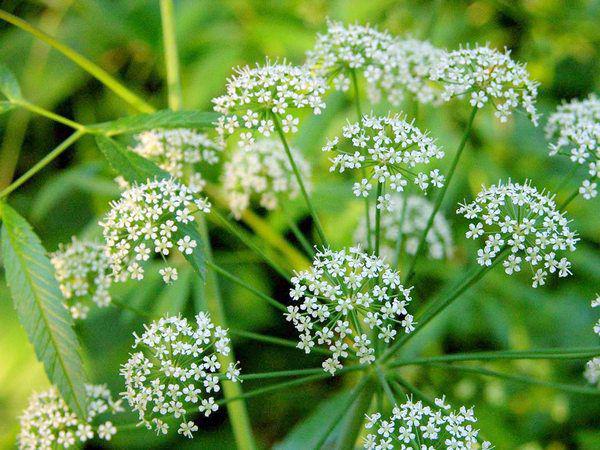
The name of this plant speaks for itself. In Russia it is found everywhere, especially near water. The main danger - a club with a deceptively pleasant smell either carrots, or celery.
The main ingredient is a milestone Cicutoxin that in small doses has a sedative effect, as well as lowers blood pressure - no wonder it is used in pharmacology. In folk medicine, tincture made a milestone that has a number of useful properties: it helps in migraine, gout, rheumatism, tachycardia.
However, an overdose of a drug based on the pole, is fraught with serious consequences - very quickly a headache, chills, nausea, vomiting, pain in the stomach, cramps, excessive salivation, and if time does not wash out the stomach can occur death.
Because of its toxicity milestones is also used as an insecticide in dealing with garden pests - insects and caterpillars. Not only. According to some reports poison made from this plant, Socrates was poisoned.
Belem (lat. Hyoscýamus)
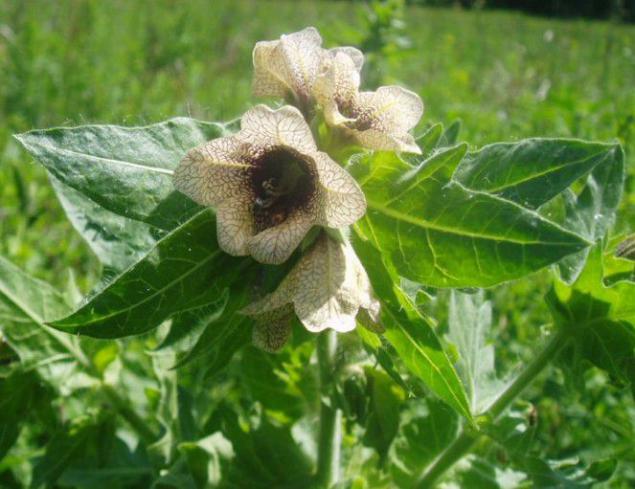
We often hear popular expression: "What are you, henbane stuffed?". So they say about a man who behaves inappropriately. Another Avicenna wrote that "henbane - a poison that causes insanity, robs memory and causes suffocation and diabolism».
Belem very undemanding plant - it was chosen by themselves wasteland, yards, gardens and roadsides, many of her where a person lives. The plant has a very unpleasant smell, at least, the animals are sensitive to it and bypass the henbane side.
In the Middle Ages there were such a stratagem. Retreating army left the enemy your wine stock, pre-Laced there henbane. The enemy, of course, could not fail to take advantage of this gift and drank the poisoned wine. Later, the soldiers returned to their possessions and cut out intoxicated enemies.
In all the toxic henbane - root, stem, flowers, but especially the seeds. First of all, the danger may be exposed children who take these seeds for edible.
Daphne (lat. Dáphne)
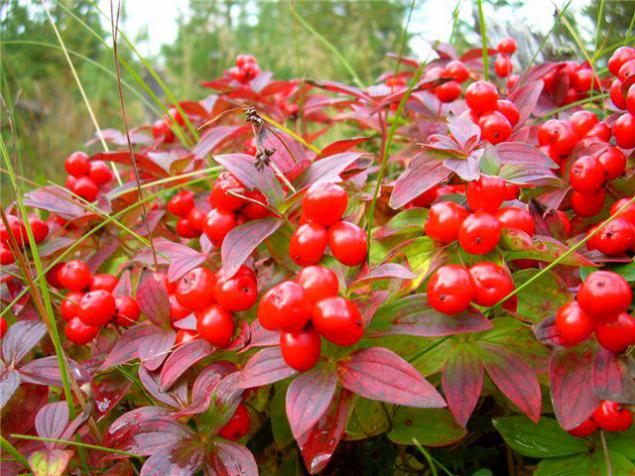
As a child, many of us warned against eating such attractive-looking wolf berries, and for good reason - 5 berries can become a lethal dose for a child, and 12 quietly sent to the light and the adult. But even if we do not overdo it with the dose, the daphne poison can cause redness and blisters, as well as kidney and stomach.
Spring "wolf" bush decorated with delicate flowers - pink, cream and lilac shades, but their beauty is deceptive - the pollen of flowers may cause dizziness and headache.
Interestingly, in Nepal from daphne make high-quality paper, and we use it for landscaping. Daphne listed in the Red Book of Russia: plants carrying the risk of people, is itself on the verge of extinction.
Wrestler or aconite (lat. Acónítum)
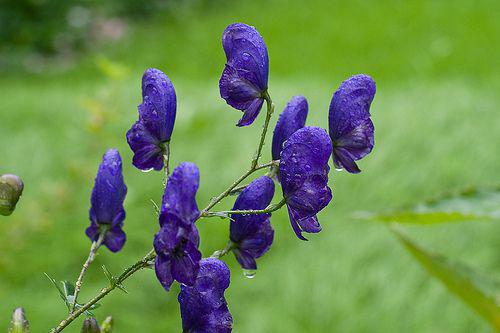
The name "aconite" associated with the labors of Hercules, which he released a three-headed Cerberus from the underworld. When the hero brought hell hound the light of day, the beast filled poisonous saliva grass - and there grew tall, slender plants. It happened near the town of Akoni.
In Russia there are over 60 species of aconite, and it is actively used in folk medicine. Cooking is all drugs except root - so it is poisonous! Children are often attracted by the beautiful flowers aconite, which they try to taste - a burning pain and numbness in the mouth may appear after a few minutes.
About the poisonous properties of fighter are the facts: Germanic peoples rubbed them arrowheads for hunting wolves, and skullcap, impregnated his juice, Tamerlane destroyed. For any person 2-3 gram dose of aconite will lethal.
Fraxinella (lat. Dictamnus)

During its flowering fraxinella extraordinarily beautiful. Large white, pink, lilac flowers with purple veins will not leave anyone indifferent. And when there are fruit - Pyatignezdnaya boxes with shiny black seeds - around yasentsa distributed fairly sharp flavor, like the smell of orange peel. This smell essential oils.
They say that if a windless sunny day bring a lighted match to the plant around it flashes red and purple flame, but the plant itself will remain untouched by fire. So he was called by the people "burning bush».
Despite the beauty yasentsa, to flowers and a box with seeds in any case, do not touch, and even smell them! First, people will not feel anything, but after a day on the site there is a touch of burns, which can be replaced by non-healing ulcers for a long time - a trace of them will remain forever. A yasentsa contact with a large area of the body pose a risk to life. In our opinion this is the most dangerous plant in Russia.
--img8--

Can a plant with such a poetic name to be dangerous to humans? And how! "Beautiful lady" - as translated from Italian belladonna - very insidious. Its fruits - shiny black, sometimes yellow berry with many seeds will satiate the sweet taste of dark purple nectar, but it should not be tasted.
The juice of this plant is traditionally Italian women buried in the eye pupils due to the content of atropine in belladonna expanded by acquiring an unnatural, but an attractive sheen. And the berries are used as a dye to create a blush on her cheeks.
In Russia, belladonna is also called "belladonna" but sometimes "beshenitsey": the same atropine when used inside the plant can cause severe agitation, until rabies. But this is not the most important symptom. 20 minutes after tasting leaves or fruit of belladonna in the mouth comes dryness and burning, difficult swallowing and breathing, heartbeat quickens, there is further vomiting, upset stool and urination.
A person can also be poisoned honey, which includes pollen "belladonna", moreover, toxic effects occur even touch this plant. Suffers from belladonna devouring her livestock, but rabbits regale her with absolutely no ill effects.
Conium maculatum (lat. Conium maculatum)

From him not just a headache - in the justice system of ancient Greece hemlock poison used as an official, and only from the time of Hippocrates, he became a drug.
All parts of the plant are poisonous equally, and therefore it is recommended to collect with particular caution. Washing hands with soap and water - the best prevention against its toxic properties. The finished material should always be stored separately from other medicinal herbs.
In Russia, this weed is growing everywhere - from the forest edges up to the gardens. Of its hollow stem children sometimes make whistles, which is extremely dangerous. However, bad "mouse" smell hemlock often discourages them from this activity.
Milestones poisonous (lat. Cicuta virosa)

The name of this plant speaks for itself. In Russia it is found everywhere, especially near water. The main danger - a club with a deceptively pleasant smell either carrots, or celery.
The main ingredient is a milestone Cicutoxin that in small doses has a sedative effect, as well as lowers blood pressure - no wonder it is used in pharmacology. In folk medicine, tincture made a milestone that has a number of useful properties: it helps in migraine, gout, rheumatism, tachycardia.
However, an overdose of a drug based on the pole, is fraught with serious consequences - very quickly a headache, chills, nausea, vomiting, pain in the stomach, cramps, excessive salivation, and if time does not wash out the stomach can occur death.
Because of its toxicity milestones is also used as an insecticide in dealing with garden pests - insects and caterpillars. Not only. According to some reports poison made from this plant, Socrates was poisoned.
Belem (lat. Hyoscýamus)

We often hear popular expression: "What are you, henbane stuffed?". So they say about a man who behaves inappropriately. Another Avicenna wrote that "henbane - a poison that causes insanity, robs memory and causes suffocation and diabolism».
Belem very undemanding plant - it was chosen by themselves wasteland, yards, gardens and roadsides, many of her where a person lives. The plant has a very unpleasant smell, at least, the animals are sensitive to it and bypass the henbane side.
In the Middle Ages there were such a stratagem. Retreating army left the enemy your wine stock, pre-Laced there henbane. The enemy, of course, could not fail to take advantage of this gift and drank the poisoned wine. Later, the soldiers returned to their possessions and cut out intoxicated enemies.
In all the toxic henbane - root, stem, flowers, but especially the seeds. First of all, the danger may be exposed children who take these seeds for edible.
Daphne (lat. Dáphne)

As a child, many of us warned against eating such attractive-looking wolf berries, and for good reason - 5 berries can become a lethal dose for a child, and 12 quietly sent to the light and the adult. But even if we do not overdo it with the dose, the daphne poison can cause redness and blisters, as well as kidney and stomach.
Spring "wolf" bush decorated with delicate flowers - pink, cream and lilac shades, but their beauty is deceptive - the pollen of flowers may cause dizziness and headache.
Interestingly, in Nepal from daphne make high-quality paper, and we use it for landscaping. Daphne listed in the Red Book of Russia: plants carrying the risk of people, is itself on the verge of extinction.
Wrestler or aconite (lat. Acónítum)

The name "aconite" associated with the labors of Hercules, which he released a three-headed Cerberus from the underworld. When the hero brought hell hound the light of day, the beast filled poisonous saliva grass - and there grew tall, slender plants. It happened near the town of Akoni.
In Russia there are over 60 species of aconite, and it is actively used in folk medicine. Cooking is all drugs except root - so it is poisonous! Children are often attracted by the beautiful flowers aconite, which they try to taste - a burning pain and numbness in the mouth may appear after a few minutes.
About the poisonous properties of fighter are the facts: Germanic peoples rubbed them arrowheads for hunting wolves, and skullcap, impregnated his juice, Tamerlane destroyed. For any person 2-3 gram dose of aconite will lethal.
Fraxinella (lat. Dictamnus)

During its flowering fraxinella extraordinarily beautiful. Large white, pink, lilac flowers with purple veins will not leave anyone indifferent. And when there are fruit - Pyatignezdnaya boxes with shiny black seeds - around yasentsa distributed fairly sharp flavor, like the smell of orange peel. This smell essential oils.
They say that if a windless sunny day bring a lighted match to the plant around it flashes red and purple flame, but the plant itself will remain untouched by fire. So he was called by the people "burning bush».
Despite the beauty yasentsa, to flowers and a box with seeds in any case, do not touch, and even smell them! First, people will not feel anything, but after a day on the site there is a touch of burns, which can be replaced by non-healing ulcers for a long time - a trace of them will remain forever. A yasentsa contact with a large area of the body pose a risk to life. In our opinion this is the most dangerous plant in Russia.
--img8--


